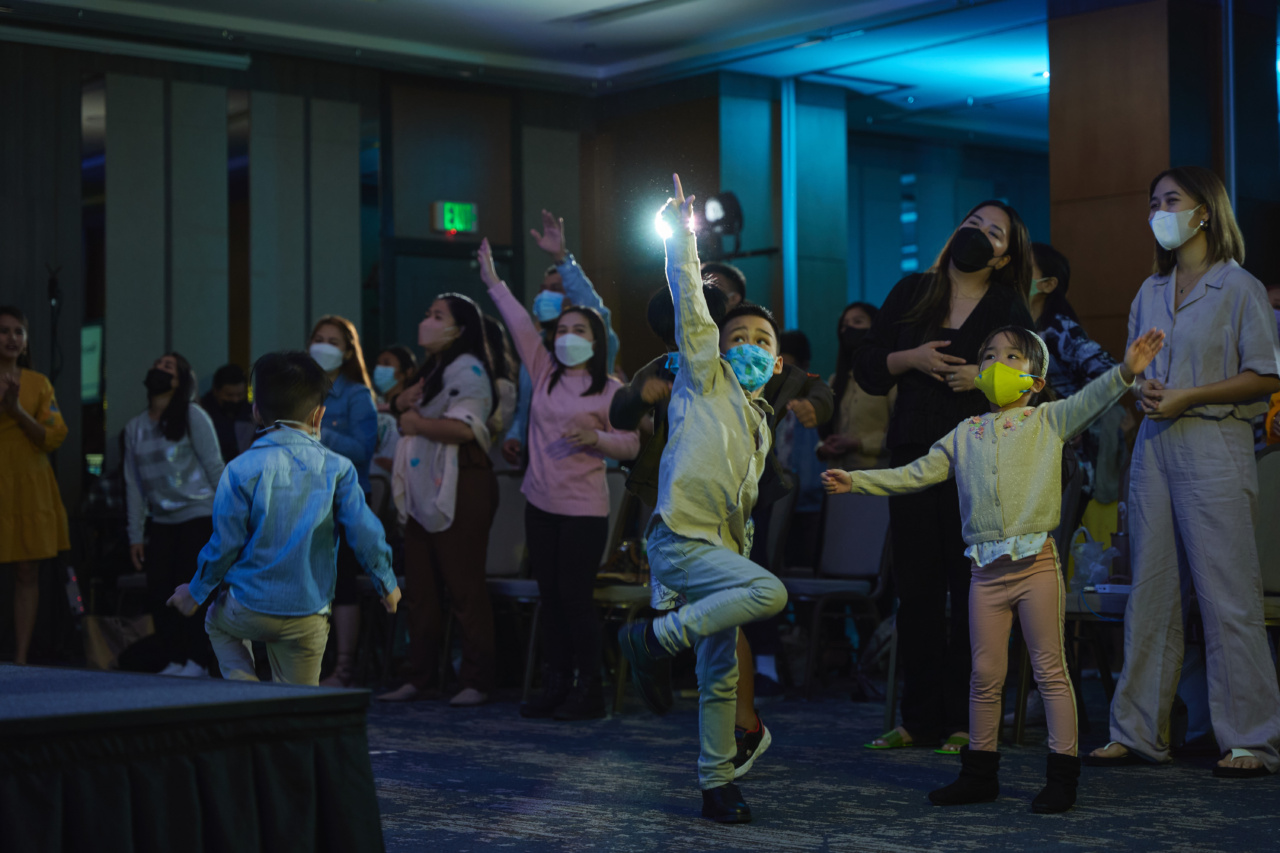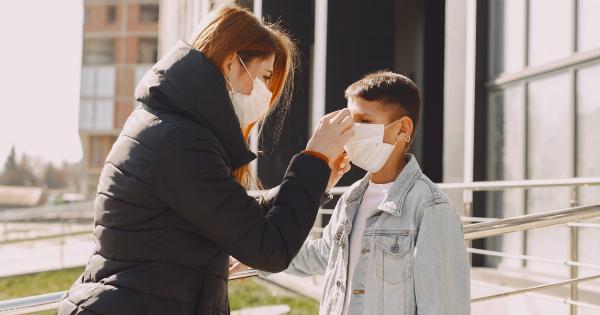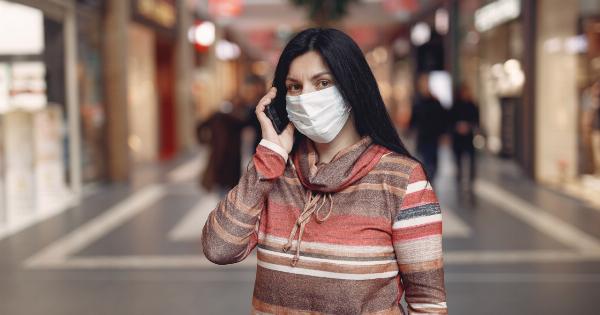The coronavirus pandemic has caused widespread panic and chaos as it continues to ravage communities across the world. The disease, which first emerged in late 2019, has affected millions of people globally, with devastating consequences.
While it was initially thought that children were mostly immune to the virus, recent studies have shown that they are not entirely safe, and as such, both children and adults must take precautionary measures to protect themselves from the pandemic.
What Is The COVID-19 Pandemic?
The coronavirus pandemic, also known as COVID-19, is a highly infectious disease caused by a virus called SARS-CoV-2. This virus affects the respiratory system, causing symptoms such as coughing, fever, and difficulty in breathing.
The disease can spread through droplets from the respiratory system when an infected person talks, coughs, or sneezes.
The pandemic first emerged in Wuhan, China, in December 2019 and has since spread rapidly across the world.
The World Health Organization (WHO) declared the outbreak a pandemic in March 2020, and the disease has since affected millions of people, with over a hundred thousand deaths worldwide.
How The Pandemic Affects Children
While it was initially believed that children were not affected by the virus, recent studies have shown that they can contract the disease just like adults.
While children may not show severe symptoms compared to adults, they can still spread the virus to others, making them a significant threat in the fight against the pandemic.
Children with underlying health conditions are more at risk of developing severe symptoms that may require hospitalization. Such conditions include diabetes, asthma, and heart disease, among others.
Children in boarding schools or those living in crowded conditions are also at higher risk of contracting the disease.
How The Pandemic Affects Adults
Adults, particularly the elderly and those with underlying health conditions, are more susceptible to severe symptoms and fatality from the disease. The virus can cause severe respiratory distress, leading to respiratory failure and even death.
Adults with heart disease, diabetes, cancer, and other chronic illnesses are at higher risk of developing severe symptoms, and as such, extra precautionary measures must be observed to protect them from the pandemic.
How To Protect Against The Pandemic
Protecting against the pandemic requires individual and collective efforts from both children and adults. Some of the measures that can be taken to reduce the spread of the virus include:.
Wearing Masks
Wearing a mask, particularly a surgical or N95 mask, can help prevent the spread of the virus. Masks should be worn properly to cover the mouth and nose and must be changed immediately they become moist or dirty.
Observing Hand Hygiene
Washing hands regularly with soap and water or using hand sanitizer can help prevent the spread of the virus. Hands should be washed for at least 20 seconds or until they are visibly clean.
Social Distancing
Social distancing or physical distancing involves maintaining a distance of at least one meter from other people. This helps reduce the spread of the virus, particularly in crowded areas.
Self-Isolation
Persons showing symptoms of the disease or have been in close contact with a confirmed case should self-isolate for at least 14 days. This helps prevent the spread of the virus to others.
Disinfecting Surfaces
Surfaces, particularly high touch areas such as doorknobs, light switches, and countertops, should be cleaned with disinfectants regularly to kill the virus.
Conclusion
COVID-19 is a serious pandemic that continues to threaten communities across the world. As studies have shown, both children and adults are at risk of contracting the virus, and extra precautionary measures must be observed to protect against it.
By wearing masks, observing hand hygiene, social distancing, self-isolation, and disinfecting surfaces, we can protect ourselves and others from this deadly virus.




























